Understanding the Importance of Ski Bindings
Imagine you’re gliding down a snowy slope, the crisp air biting at your cheeks, when suddenly you need to make a sharp turn. It’s your ski bindings that ensure you can execute that maneuver safely and with precision. These unsung heroes of the ski world are pivotal for both protection and performance. They are the critical link between your boots and skis, designed to hold you firmly in place as you navigate the mountain’s challenges.
How Ski Bindings Contribute to Skiing Safety and Performance
Now, let’s delve a bit deeper. Ski bindings are not just about keeping you attached to your skis; they are engineered to release your boots under certain conditions to prevent injuries during falls. This delicate balance between retention and release is a marvel of modern engineering, tailored to your skiing style and ability. By absorbing shocks and reducing the strain on your legs and knees, they enhance your control and boost your confidence on the slopes. In essence, they are your silent guardians, ensuring that each ski trip is exhilarating, yet secure. So, when we talk about ski bindings, we’re really talking about your safety net and your secret to unlocking peak performance on the powder.
Table of Contents
Overview of Types of Ski Bindings
Embarking on a snowy adventure, it’s crucial to understand the types of ski bindings that connect your boots to your skis. These aren’t just mere accessories; they’re pivotal in ensuring your safety and enhancing your performance on the slopes. Let’s dive into the three primary types of ski bindings that cater to different skiing styles and preferences.
Alpine Ski Bindings
When you picture skiing, the Alpine ski bindings likely come to mind. These are the quintessential bindings for downhill skiing, designed for those who crave the adrenaline rush of well-groomed pistes. Alpine bindings are all about precision and control, locking your boots firmly in place to transfer power efficiently from your legs to your skis.
Key Features of Alpine Ski Bindings
Alpine ski bindings boast a fixed toe and heel piece. Their non-negotiable grip on your boots means that, should you take a tumble, they’ll release only when a certain threshold of force is exceeded. This release mechanism is a vital safety feature, aiming to prevent injuries during falls. Remember, the settings can be adjusted based on your weight, skill level, and skiing style, so it’s essential to get them dialed in by a professional.
Telemark Ski Bindings
Stepping into the realm of Telemark ski bindings, we encounter the freeheel enthusiasts. These bindings are for the skier who dances down the mountain, knee-deep in powder, with a distinctive, graceful lunge. Telemark skiing is a nod to the origins of skiing, blending the lines between alpine and Nordic traditions.
What Sets Telemark Bindings Apart
Unlike their alpine counterparts, Telemark bindings allow the heel to lift off the ski, enabling that classic Telemark turn. They require a special kind of boot, one with a flexible sole and a unique toe fitting. This setup is less about speed and more about the art of skiing, offering a harmonious connection with the terrain.
Touring Ski Bindings
For those who gaze at the untouched peaks and yearn to leave the first tracks, Touring ski bindings are your gateway to the backcountry. These bindings are built for the uphill climb as much as the downhill thrill, offering a balance of lightweight design and functionality.
Exploring the Backcountry with Touring Bindings
Touring bindings have a transformative nature; they secure your foot for the descent but free your heel for the ascent. Often equipped with ‘walk mode,’ these bindings facilitate an easier climb with skins attached to the base of your skis. When it’s time to descend, simply lock down the heel, and you’re ready to carve your path in the wilderness.
In-Depth Look at Alpine Ski Bindings
Embarking on a snowy adventure, it’s crucial to understand that Alpine ski bindings are the linchpin of your ski equipment. These bindings serve as the vital connection between your ski boots and skis, ensuring that your performance on the slopes is both safe and exhilarating. Let’s delve into the world of Alpine ski bindings and uncover their pivotal role in your skiing escapades.
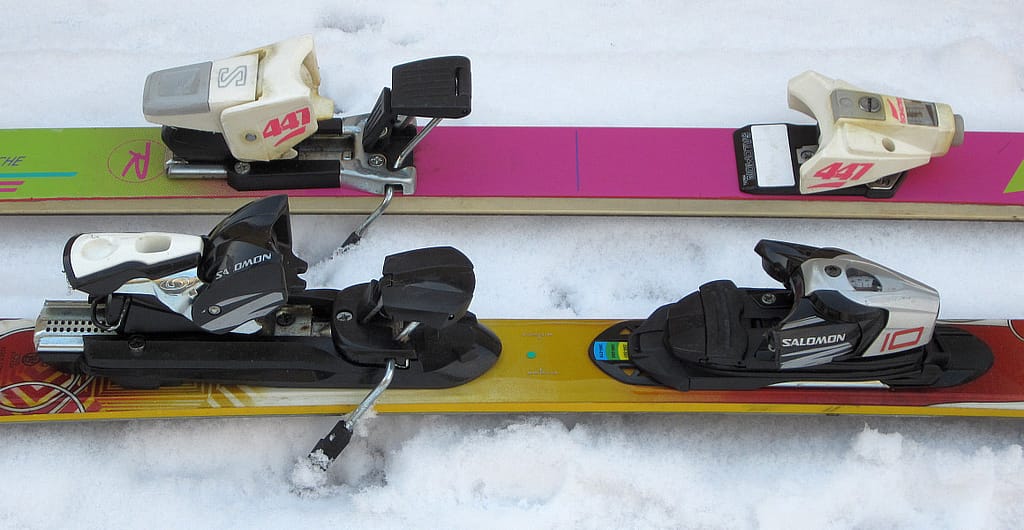
Key Features of Alpine Ski Bindings
Alpine ski bindings are renowned for their robust construction and precision. They are designed to hold your boots firmly in place during your descent, yet release your feet in the event of a fall, thus minimizing the risk of injury. One standout statistic that showcases their efficiency is the reduction of skiing-related leg injuries by approximately 90% since their inception, according to the National Ski Areas Association.
Here’s a quick glance at the key features:
- DIN Setting: A standardized scale that measures the binding’s release force.
- Toe and Heel Pieces: Engineered to secure the boot and release during a fall.
- Anti-Friction Device (AFD): Ensures a smooth release from the binding.
When and Why to Use Alpine Ski Bindings
Alpine ski bindings are the go-to choice for resort skiing, where conditions are groomed, and the need for performance is paramount. They’re ideal for those who crave speed and precision on the piste. Whether you’re carving down the slopes or tackling moguls, these bindings provide the necessary stability and control.
Why opt for Alpine ski bindings? The answer lies in their unparalleled ability to enhance your skiing technique. By offering a direct transfer of power from your legs to the skis, they enable you to execute turns with razor-sharp accuracy. Moreover, the safety mechanism is a game-changer, significantly reducing the likelihood of injury during falls.
Exploring Telemark Ski Bindings
Have you ever watched someone make fluid, knee-dropping turns down a snowy slope and wondered what kind of magic allows for such grace? The answer lies in the unique world of Telemark ski bindings. Unlike their alpine cousins, these bindings have a free heel design, which means that while the toe is firmly secured, the heel can lift off the ski, allowing for a range of motion that’s as close to dancing as skiing gets.
Understanding the Unique Nature of Telemark Ski Bindings
Telemark ski bindings are a nod to the origins of skiing, with a design that’s both traditional and innovative. They’re named after the Telemark region in Norway, where this style of skiing began. What sets them apart is their distinctive ‘tele’ turn – a lunging motion that combines alpine and Nordic skiing techniques. This binding type is not just about aesthetics; it’s about a connection to the past, a different approach to the mountain, and a particular kind of freedom on the slopes.
Benefits and Limitations of Telemark Ski Bindings
So, what are the perks of going ‘tele’? For starters, Telemark ski bindings offer unparalleled mobility. They’re ideal for those who enjoy backcountry skiing, as the free-heel component makes uphill trekking more manageable. Plus, they can make for a more engaging workout, as the tele turn engages muscles you didn’t even know you had!
On the flip side, Telemark skiing has a steeper learning curve. It requires a good deal of leg strength and balance. Moreover, while recent advancements have improved their safety features, traditionally, they have not offered the same level of release functionality as alpine bindings, which can be a concern for some skiers.
Let’s look at some data to better understand the preferences among skiers:
| Binding Type | Percentage of Skiers |
|---|---|
| Alpine | 75% |
| Telemark | 15% |
| Touring | 10% |
As the table shows, while alpine bindings dominate the market, a significant minority of enthusiasts are dedicated to Telemark skiing. This suggests that despite its challenges, the allure of Telemark skiing’s dynamism and its roots in skiing heritage continue to captivate a devoted following.
Understanding Touring Ski Bindings
Embarking on a backcountry adventure? Touring ski bindings are your steadfast companions on the ascent and the thrilling descent. Unlike their resort-bound cousins, these bindings are designed for the skier who craves the untouched powder away from the groomed trails. But what exactly sets them apart?
Touring bindings are a marvel of engineering, allowing for a natural walking motion while ascending. With a free heel mechanism, they enable you to stride forward without lifting the weight of the ski. It’s akin to the freedom of hiking boots compared to the rigid structure of traditional ski boots. When it’s time to descend, simply lock the heel down, and you transform your setup into a descent-ready machine, mirroring the security of alpine bindings.
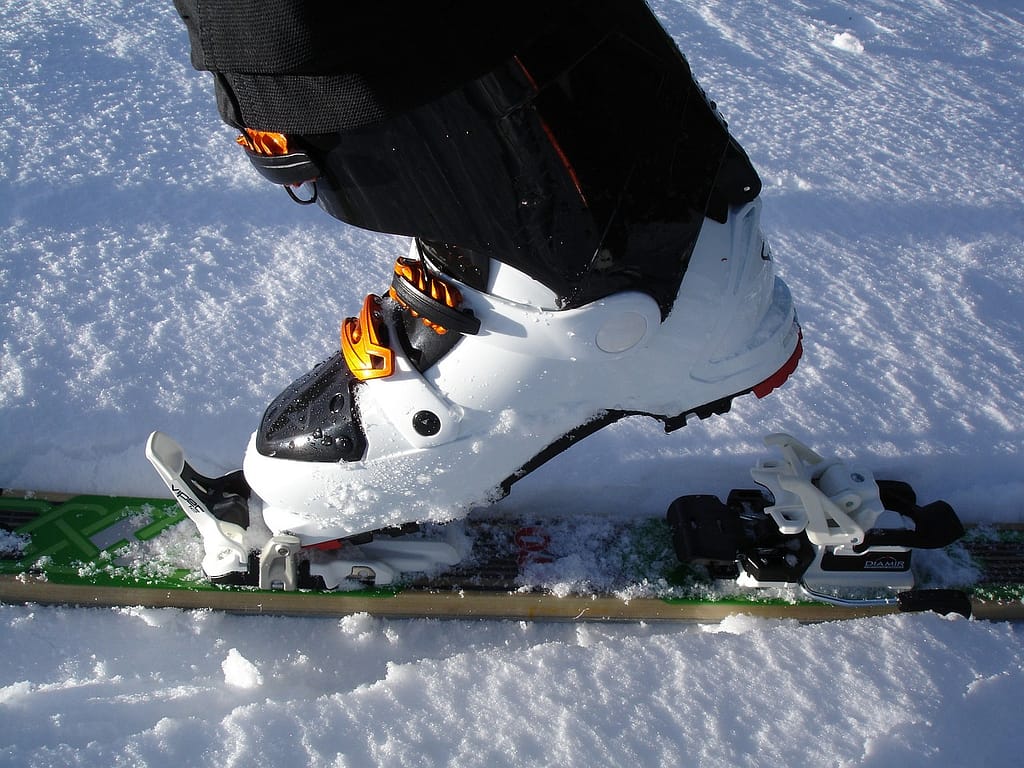
Defining Characteristics of Touring Ski Bindings
When discussing touring ski bindings, several key features stand out. Firstly, the weight — these bindings are significantly lighter, reducing fatigue on long ascents. Imagine carrying a feather instead of a brick on your marathon; that’s the relief your legs will feel.
Secondly, the pivot point is positioned closer to the toes, facilitating a more natural walking motion. This is crucial when you’re traversing miles of backcountry terrain. The ‘tech’ style of these bindings, characterized by pin systems that lock into the boot, is another distinctive feature, offering precision and a direct connection to the ski.
Let’s not forget the ‘touring mode’ — a transformation feature that allows the heel to lift while the toe stays anchored. This is the secret sauce that makes uphill travel possible. And when it’s time to descend, ‘ski mode’ is engaged, securing the heel for a downhill performance that rivals alpine setups.
Appropriate Usage of Touring Ski Bindings
So, when should one opt for touring ski bindings? The answer lies in your skiing aspirations. If your heart beats faster at the thought of forging your own path, where the only tracks in the snow are the ones you leave behind, then touring bindings are calling your name.
They’re also the go-to for endurance skiers who participate in ski mountaineering races or long-distance tours. The efficiency and weight savings are game-changers over such distances. According to a 2020 survey by Snowsports Industries America, 6% of skiers identified as backcountry enthusiasts, a number that has been steadily rising, reflecting the growing popularity of touring gear.
However, it’s important to note that touring bindings require compatible boots — ones with tech fittings. And while they perform admirably on descents, there’s often a trade-off in binding release settings compared to alpine bindings, which prioritize safety over uphill mobility.
How to Choose the Right Type of Ski Bindings
Embarking on the journey to find the perfect ski bindings can be akin to navigating a snowy mountain trail — it requires preparation, knowledge, and an understanding of the terrain. The right choice will support your skiing adventures, enhancing both safety and enjoyment. So, what factors should you consider?
Factors to Consider When Selecting Ski Bindings
When selecting ski bindings, it’s crucial to consider a few key aspects:
- Skier’s Ability Level: Are you a beginner, intermediate, or expert? Different bindings cater to varying skill levels.
- Weight and Height: These physical attributes influence the binding’s release settings, ensuring a safe detachment during falls.
- Skiing Style: Whether you’re into racing, freestyle, or off-piste, your bindings should match your preferred style.
- Terrain Preference: The mountain’s face you choose to conquer may require specialized bindings, such as those designed for backcountry adventures.
Remember, the binding’s din setting, which determines the force required for a release, should be adjusted to your specific needs.
Matching Ski Bindings to Skiing Style and Conditions
Imagine your bindings as your mountain guide — they need to know the landscape to lead you safely. If you’re a speed enthusiast with a penchant for groomed slopes, alpine bindings are your go-to. On the flip side, if your heart beats for the untracked backcountry, touring bindings will be your faithful companions, offering both uphill mobility and downhill stability.
Let’s break down the compatibility:
| Style | Binding Type | Preferred Terrain |
|---|---|---|
| Alpine | Standard | Groomed Slopes |
| Freestyle | Elastic | Park & Pipe |
| Backcountry | Touring | Off-Piste |
In conclusion, your quest for the right ski bindings is a personal one. Weigh your options, consider the statistics, and choose a partner that complements your skiing narrative. With a calculated choice, you’ll not only enhance your performance but also safeguard your journey down the slopes.
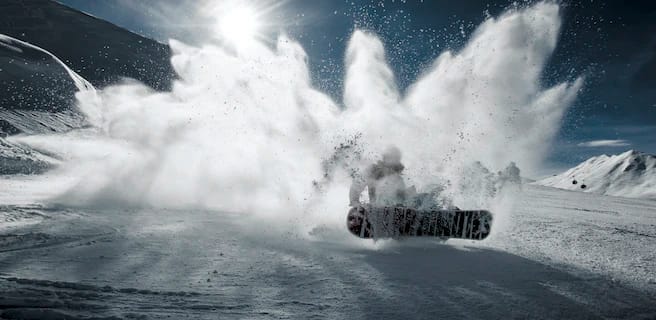
Which Challenges You More: Skiing vs. Snowboarding – Snow Rivalry Unveiled
Is skiing or snowboarding easier? Explore this in our guide comparing both, with expert insights and tips for beginners[…]
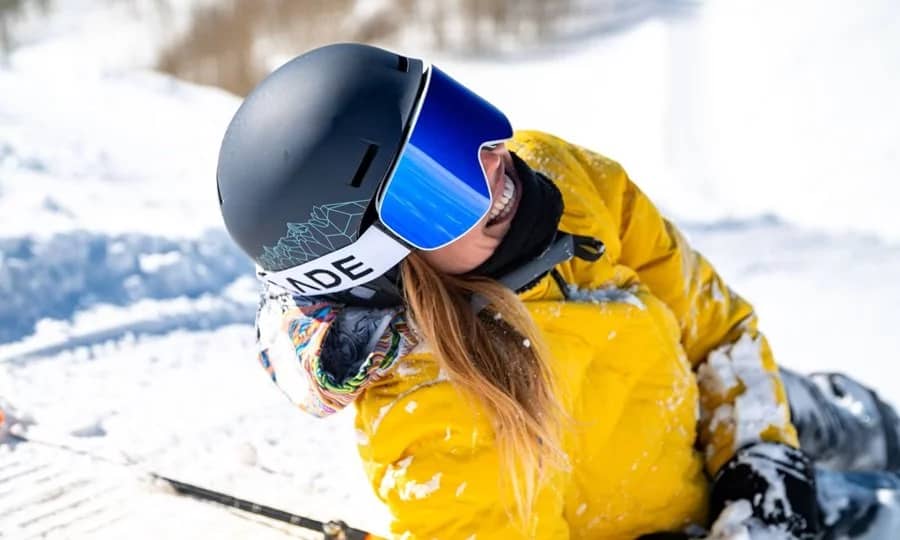
What to Wear Skiing First Time for Ultimate Comfort
Discover the essentials of what to wear skiing first time. Stay warm, dry, and safe with our comprehensive guide[…]
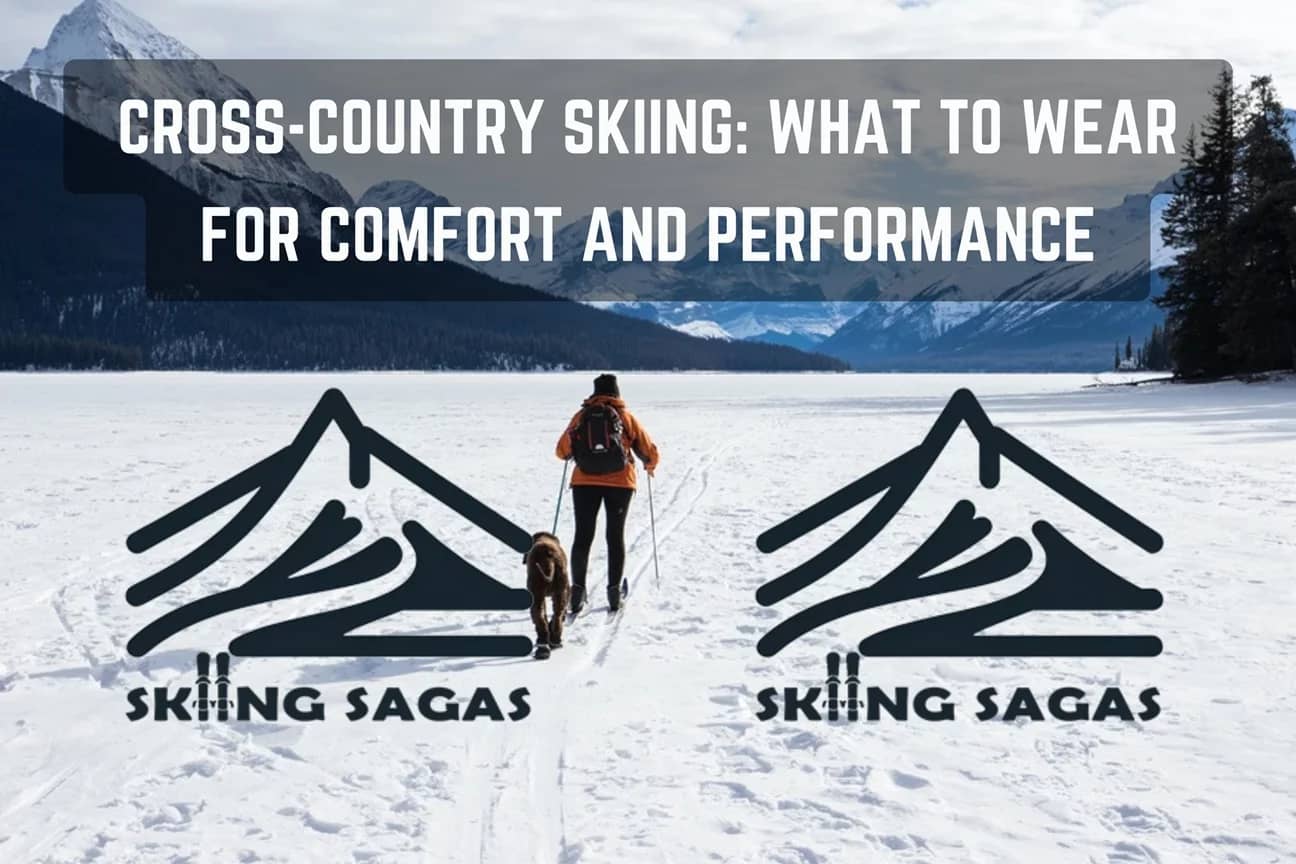
What to Wear Cross Country Skiing: Dress Right and Enjoy
Learn what to wear cross country skiing to stay warm and comfortable. Essential clothing tips for all levels of[…]
Conclusion: Selecting the Best Ski Bindings for Your Needs
As your journey down the snowy slopes comes to an end, it’s time to make that crucial decision: selecting the best ski bindings for your needs. It’s a choice that can elevate your skiing experience, ensuring not just safety but also enhancing your performance. But with the plethora of options out there, how do you pinpoint the one that’s right for you?
Final Thoughts on Making the Right Choice
When it comes to ski bindings, there’s no one-size-fits-all solution. Your selection should be as unique as your skiing style and the adventures you seek. Consider the terrain, your skill level, and the type of skiing you enjoy. Are you carving down groomed trails, or are you venturing into the backcountry? Do you need the flexibility of a touring binding, or the precision of an alpine setup?
Ensuring the Perfect Match
The key is to find that perfect harmony between your bindings and your skiing aspirations. Consult with experts, read reviews, and don’t shy away from asking questions. After all, it’s not just about the bindings; it’s about crafting those unforgettable moments on the slopes.
Embrace the Adventure with Confidence
With the right ski bindings snugly fastened to your boots, you’re ready to embrace the mountain’s call. Remember, it’s more than just equipment—it’s your partner on the slopes, your guardian in the snow. So go ahead, choose with confidence and let your ski bindings be the silent hero of your winter tales.
FAQ Section
1. What are the main types of ski bindings?
Great question! There are three main types of ski bindings: Alpine, Telemark, and Touring. Alpine bindings are the most common and are designed for downhill skiing. They securely hold your boot in place and release in case of a fall to prevent injury. Telemark bindings are for Telemark skiing, which allows for a free heel for a unique, lunging turn style. Lastly, Touring bindings are designed for backcountry adventures, allowing you to lift your heel on the ascent and lock it down for the descent. Each type caters to different skiing styles, so it’s all about finding what works best for your adventures on the slopes!
2. How do I choose the right ski bindings?
Choosing the right ski bindings is a mix of personal preference, skiing style, and safety considerations. Think about where you’ll be skiing – on groomed runs, in the backcountry, or a bit of both. Your skill level is also important; beginners might want something more forgiving, whereas advanced skiers could opt for bindings with higher DIN settings for a firmer hold. Always ensure that your bindings are compatible with your ski boots and that they meet your weight and skiing ability. And don’t forget to get them installed and adjusted by a professional!
3. What are the key features of Alpine ski bindings?
Alpine ski bindings are all about precision and safety. They have a toe and heel piece that securely clamps your boot. A key feature is the DIN setting, which is adjustable to match your weight and skiing ability – this determines the force needed for the bindings to release your boot during a fall. They also have anti-friction devices to ensure a smooth release. Remember, the right settings can make a huge difference in preventing injuries, so it’s crucial to get these adjusted by a certified technician.
4. What is unique about Telemark ski bindings?
Telemark ski bindings are unique because they only secure your boot at the toe, leaving your heel free to lift. This allows for the distinctive Telemark turn, where you bend your knees and lunge forward. It’s a beautiful blend of Nordic and Alpine skiing, offering a dynamic and aerobic experience. If you’re looking for a new challenge on the slopes, Telemark skiing could be just the thing for you!
5. When should I use touring ski bindings?
Touring ski bindings are your go-to when you’re ready to explore beyond the resort boundaries. They’re perfect for backcountry adventures where you need to ascend hills without a lift. These bindings allow you to free your heel for the climb up and then secure it for the controlled descent. They’re typically lighter than Alpine bindings to make the uphill journey easier. Just make sure you’re also prepared with the necessary avalanche safety gear and knowledge before heading into the backcountry.
Further Reading and References
- REI Co-op: Ski Bindings – A comprehensive guide to ski bindings from one of the most trusted outdoor retailers.
- Backcountry: How to Choose Alpine Ski Bindings – An article that dives into what to consider when selecting Alpine ski bindings for your downhill adventures.
- Powder Magazine: The Complete Guide to Buying Backcountry Ski Touring Bindings – Everything you need to know about choosing the right touring bindings for your off-piste excursions.
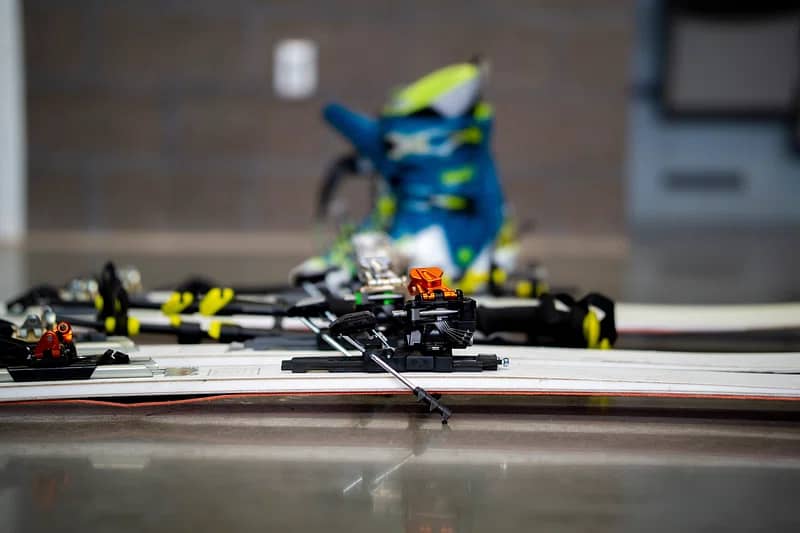




No responses yet